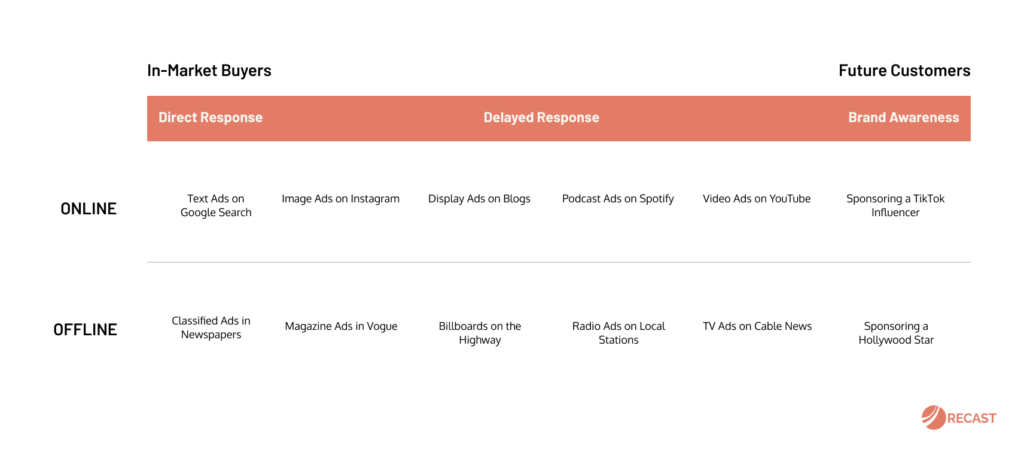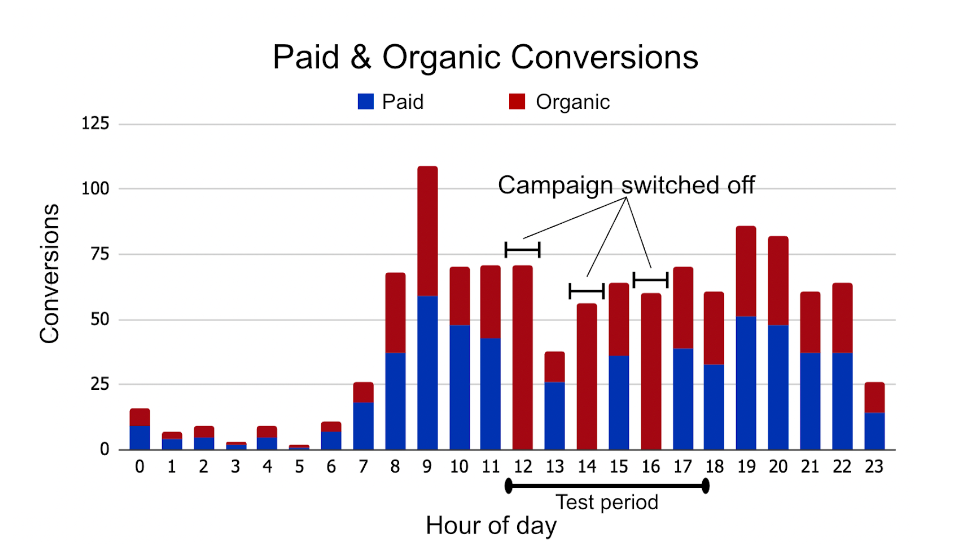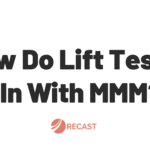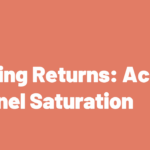One of the biggest misconceptions holding back marketers to day is the myth of the brand–performance marketing dichotomy.
Many newer brands go through the same cycle:
- They build a promising business using performance marketing
- They see lots of big household-name “classic” brands doing non-performance (aka “brand”) marketing
- They copy the playbook and start running “brand” marketing on large broadcast channels (like TV) because that’s what big brands do.
This is, unfortunately, a recipe for wasting millions of dollars in useless marketing spend.
Every dollar of marketing spend should have a goal and therefore every dollar should be performing. If you use the term “brand marketing” to refer to marketing that isn’t accountable to any metrics, then you are at severe risk of throwing that money away!
Eric Seufert of MobileDevMemo has argued that the misconception that Brand is somehow separate from Performance campaigns just serves to create confusion and misalignment. This is precisely what we’ve seen, when working with brands where these two sides of the same coin are unnaturally split apart.

All marketing should be “performance marketing”, and then within performance marketing there’s a spectrum between “direct response”, “delayed response”, and “brand awareness”. Every channel lies on a spectrum in terms of how immediate the response is, with Sponsorship and TV ads being closer to a future brand awareness driver, and search and social ads driving a more immediate and measurable ROI

There are offline analogues for each new online channel, though online tends to skew closer to direct response because of the speed of interactions on the internet. Some channels elicit a direct response, like Google Ads, because they attract potential buyers who are in-market right now. Other channels give a lagged or delayed response, because they reach the right type of person, who isn’t yet looking, like Display or Social Ads. Finally there’s brand awareness: advertising to the masses so they remember your brand when they decide to buy in the future, like YouTube Ads, TV Ads, or sponsoring a celebrity.
It’s important to recognize that the “brand” spend done by huge CPG companies that have been around for 50+ years is done in a very different context from the world upstart digital-first brands are operating in. The primary differences are in distribution, purchase frequency, and competitive environment. The big brands generally:
- Are available everywhere (grocery stores, big box retailers, the bodega on the corner)
- Sell products that are commodities (Tide vs Cheer, Coke vs Pepsi, etc)
- Are household staples that must be purchased on some semi-regular frequency
The job the brand advertising is doing here is to get consumers to remember your brand so they choose it over another one when they’re standing at the shelf trying to choose a laundry detergent. That’s the goal!
Of course some of the people who see your TV ads will buy right away, just like some of the people who saw your ad on Facebook will remember you. Your performance marketing can tell you what about your branding resonates, and your branding can offer inputs for creative testing in performance campaigns. However some channels are just better at helping you achieve some goals than others. If your goal is brand awareness, there’s no replacement for TV. If you need to drive up this week’s sales, Facebook is a highly optimized machine for doing exactly that. Just look at the relative short vs long term effects of each channel to see the difference.

If you are running marketing for a DTC ecommerce brand, then you are not in the same situation as a huge established CPG company. An e-commerce challenger product that doesn’t have a mass-retail presence, so just copying the big-brand playbook is not going to work (since it’s a playbook for an entirely different sport!).
Marketers need to put every dollar to work. And marketing spend that doesn’t have a job is wasted. Unaided or aided brand awareness simply … doesn’t matter if you’re a category-creator or you’re not selling on a shelf where consumers have to choose between brands.
The economics of TV just won’t work out for you as a smaller player. You have to commit millions up front, and wait months or even years for the full contribution of a TV campaign to pay back (if it does at all). Building a brand over the long term is a noble pursuit, but as Keynes so elegantly put it “In the long run we are all dead”.
So, if you have truly saturated all of the low hanging fruit in direct response, it might be a good idea to spend dollars on brand marketing as you scale, but how you use those dollars could vary widely.
- Already number one on your top search term? Expand out to delayed response channels like Podcasts that can generate interest in your category.
- Need to build trust? Maybe you’re focusing on micro-influencers or promoting user-generated content.
- Need to raise awareness of the problem or pain point? You can use high production video advertisements that run on targeted channels like youtube rather than broadcast television.
“Brand advertising” does not just mean “maximize reach on broadcast television”!
“Brand advertising” does not just mean “make an inspirational tv ad”!“
Brand advertising does mean thinking strategically about how to make your advertising work for you, even if it’s not just trying to drive clicks or short-term conversions.



